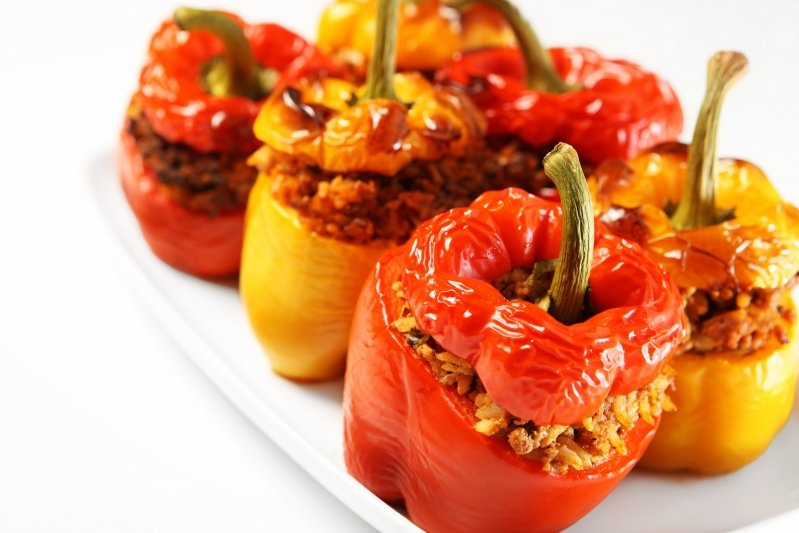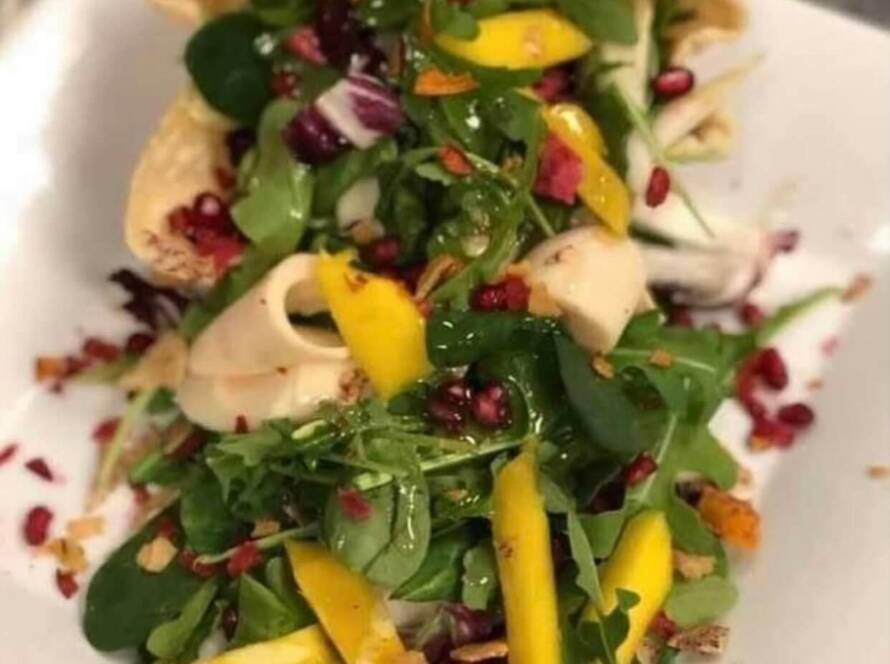In high-end culinary experiences, taste is only part of the allure. The visual presentation of gourmet dishes has become an essential pillar, shaping the way guests perceive quality, creativity, and care. When catering reaches the level of fine artistry, the plate itself becomes a canvas, blending color, texture, and spatial design to engage every sense. This approach transforms meals from simple sustenance into immersive experiences, where each element tells a story and every course evokes anticipation.
The Power of Visual Storytelling
Gourmet catering thrives on narrative. Each dish serves as a chapter, carefully arranged to capture attention before the first bite. Chefs employ principles of design, drawing inspiration from fashion, architecture, and nature to craft an experience that is as visually arresting as it is flavorful. Color harmony, contrast, and balance are not accidental—they are deliberate tools to direct the eye and create intrigue.
For example, a bright green herb foam paired with a deep red beet reduction doesn’t just complement flavors—it creates a striking visual dialogue. This interplay encourages diners to pause and savor the artistry, making every meal feel intentional and elevated.
Core Elements of Five-Star Presentation
Achieving a five-star aesthetic involves more than simply arranging food on a plate. Consider these critical dimensions:
- Color Palette: Thoughtful combinations of hues enhance appeal and stimulate appetite. Vibrant vegetables, edible flowers, and carefully chosen sauces create eye-catching contrasts.
- Texture Play: Juxtaposing creamy, crunchy, and tender components adds tactile excitement, inviting guests to engage multiple senses simultaneously.
- Spatial Awareness: The negative space on a plate is as important as the ingredients themselves. Strategic placement creates focus and allows each element to shine without overcrowding.
- Garnishing with Purpose: Every garnish should be edible and intentional, contributing to flavor, aroma, or thematic consistency rather than serving as decoration alone.
- Height and Layers: Utilizing vertical space adds drama and sophistication, transforming the dish from flat to dynamic, capturing attention from multiple angles.
These principles ensure that presentation enhances, rather than distracts from, the culinary experience.
Plating Techniques That Impress
High-level plating techniques often distinguish gourmet catering from standard service. Some standout approaches include:
- Deconstructed Plating: Breaking traditional dishes into their essential components and presenting them artfully allows guests to interact with textures and flavors in a new way.
- Minimalist Presentation: Simplicity can evoke elegance. Fewer components placed thoughtfully emphasize quality over quantity, demonstrating refinement.
- Thematic Arrangement: Aligning dish aesthetics with the event’s theme creates a cohesive atmosphere, whether through color, shape, or symbolic garnishes.
- Geometric Precision: Symmetry, repetition, and alignment of elements appeal to the innate human preference for order and beauty.
Each technique requires attention to detail, steady hands, and a deep understanding of ingredient behavior under various temperatures and plating conditions.
Tableware as a Canvas
The plate itself is more than a container; it serves as a medium to elevate the culinary presentation. The shape, texture, and color of tableware influence perception:
- White plates amplify vibrancy and highlight clean lines.
- Dark plates create drama and enhance richer tones.
- Natural materials, such as stone or wood, connect dishes to organic themes.
Choice of tableware can also reinforce the dining narrative, providing subtle cues about the tone, style, and sophistication of the event.
Interactive and Experiential Elements
Aesthetic appeal extends beyond static presentation. Interactive elements heighten engagement and leave lasting impressions:
- Tableside Finishes: Flambéing or adding finishing sauces at the table creates anticipation and a theatrical element.
- Edible Art Installations: Sculptures, terrariums, or smoke-infused domes transform courses into conversation starters.
- Multi-Sensory Pairings: Incorporating aroma, sound, or texture contrasts enhances memory retention, making the dining moment unforgettable.
These features elevate the experience, ensuring that guests remember not only the flavors but the spectacle itself.
Seasonal and Locally Sourced Inspiration
Ingredient selection directly influences visual appeal. Seasonal and locally sourced components provide natural vibrancy and a connection to the environment:
- Spring vegetables offer pastel shades and delicate textures.
- Summer berries contribute jewel-like intensity.
- Autumn squashes and roots provide earthy warmth.
- Winter greens and citrus add freshness and brightness in colder months.
Using ingredients at their peak ensures both taste and appearance are maximized, aligning with the ethos of gourmet excellence.
Consistency Across Courses
A single visually striking dish is impressive, but true five-star catering achieves harmony across an entire menu. Color schemes, plating styles, and presentation techniques should resonate through all courses, creating cohesion without monotony. By maintaining these threads, chefs deliver a narrative journey where each plate builds upon the last, culminating in a satisfying crescendo for both eyes and palate.
Lighting, Presentation Surfaces, and Environment
The environment where food is served amplifies its aesthetic impact. Lighting can highlight textures, accentuate colors, and create a mood. Consider these aspects:
- Soft, Focused Lighting: Emphasizes contours and colors without harsh shadows.
- Reflective Surfaces: Mirrors or glass surfaces amplify visual impact through reflections and depth.
- Natural Elements: Incorporating greenery, wood, or stone surfaces enhances the organic connection between plate and setting.
The careful orchestration of these elements ensures that the presentation feels intentional rather than incidental.
Cultural and Artistic Influence
Visual presentation in gourmet catering often draws inspiration from global aesthetics:
- Japanese plating emphasizes minimalism, precision, and harmony with nature.
- French haute cuisine highlights layers, elaborate garnishes, and theatrical flair.
- Mediterranean influences focus on vibrant colors, rustic textures, and communal style.
Integrating these artistic cues allows chefs to craft dishes that feel both contemporary and timeless, appealing to a diverse audience.
The Psychology of Presentation
Humans eat with their eyes first. Research shows that perception of taste, quality, and satisfaction is heavily influenced by visual cues. Vibrant colors, symmetrical arrangements, and thoughtfully styled plates create expectations that enhance the sensory experience. Conversely, cluttered or mismatched presentations can diminish perceived value and reduce enjoyment.
This psychological insight underscores why investment in visual design is as critical as culinary technique.
Training and Team Coordination
Achieving aesthetic excellence requires a well-coordinated team. From chefs to plating assistants, every member must share a common vision:
- Pre-Event Planning: Detailed mock-ups, sketches, or photos ensure consistency.
- Precision Execution: Timing, temperature control, and steady hands are essential to prevent compromise of visual appeal.
- Continuous Refinement: Observing and adjusting during service ensures each plate meets the intended standard.
Attention to detail at every stage is what separates average catering from five-star presentations.
Sustainability in Presentation
Aesthetic excellence and sustainability can coexist. Chefs increasingly favor biodegradable or reusable presentation tools, edible garnishes, and locally sourced produce to reduce environmental impact while maintaining visual sophistication. Thoughtful design ensures that presentation does not come at the cost of responsible practices.
Conclusion
Five-star presentation in gourmet catering transcends mere decoration. It is a language that communicates creativity, quality, and care. Through careful consideration of color, texture, plating techniques, tableware, and environmental factors, chefs create experiences that captivate all senses. Every element, from ingredient selection to final touches, contributes to an immersive journey that resonates long after the last bite. By prioritizing aesthetic excellence, catering professionals elevate events into moments of unforgettable artistry and culinary mastery.




